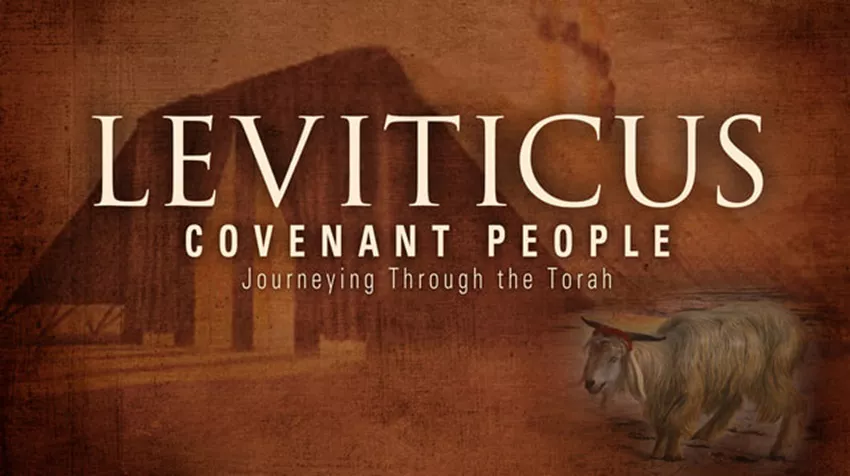Leviticus Chapter 3 Summary
Leviticus Chapter 3 addresses the regulations for peace offerings, a voluntary sacrifice meant to express gratitude, fellowship, and reconciliation with God. This offering could be made from cattle, sheep, or goats, and it had to be without blemish, symbolizing purity. The worshiper would lay their hands on the animal’s head, signifying the transfer of sin or the act of dedication. After the animal was slaughtered, the priest would burn specific parts, including the fat and organs, on the altar as a pleasing aroma to God. The remaining meat was shared between the priest and the worshiper, symbolizing a peaceful communion with God. The chapter emphasizes the importance of sincere worship and the desire for peace in one’s relationship with God.
Bible Leviticus Chapter 3
Welcome to read Leviticus Chapter 3. Here is the list of Exodus Chapter 3:
What Does Leviticus Chapter 3 Teach Us?
Leviticus Chapter 3 introduces the peace offering, a significant aspect of the sacrificial system in the Old Testament. Unlike the burnt and grain offerings, the peace offering was primarily about fellowship with God and celebrating the peace that comes through reconciliation. This offering was unique in that it allowed for the worshiper to partake in the sacrifice, sharing in a meal with God. Through its detailed regulations, this chapter teaches timeless lessons about God’s desire for relationship, holiness, and gratitude. Here are key takeaways from Leviticus 3:
1. Fellowship with God
The peace offering, also known as the fellowship offering, was a way for the Israelites to celebrate peace with God. It was the only offering that involved a shared meal between the worshiper, the priests, and God. This underscores that God desires a relationship with His people, not just acts of ritualistic worship. For Christians, this foreshadows the fellowship that believers have with God through Christ, as we are invited into communion with God through His sacrifice (1 Corinthians 10:16).
2. Acknowledging God’s Provision
Leviticus 3:1-5 speaks of the animal being without defect, symbolizing the perfection of the sacrifice that was offered to God. It reflects that God deserves only the best from His people. For Christians, this emphasizes the call to offer God our best in service, time, and resources, just as the Israelites were required to bring a spotless offering. It’s a reminder that gratitude for God’s provision should be reflected in how we live and what we offer Him (Romans 12:1).
3. The Role of the Blood
As with other sacrifices, the blood of the animal was to be sprinkled on the altar, signifying atonement and the sanctifying work of God. The blood represented the life of the animal, and its shedding emphasized that sin leads to death, but atonement brings peace with God (Leviticus 17:11). For Christians, the blood of Jesus Christ is the ultimate peace offering, bringing us reconciliation with God and granting us eternal peace through His sacrifice on the cross (Ephesians 2:13-16).
4. The Symbolism of Fat and the Offering
The fat of the animal, particularly the fat around the internal organs, was specifically designated for burning on the altar (Leviticus 3:9-11). In the Old Testament, fat symbolized the best and the most valuable part of the sacrifice. By offering the fat to God, the Israelites were acknowledging that God is worthy of the best in every aspect of life. Similarly, for Christians, it teaches that God deserves our best devotion, both in worship and in living a life that honors Him.
5. Voluntary Act of Worship
The peace offering was a voluntary act, meaning it was given out of a willing heart in response to God’s grace. This voluntary nature of the offering suggests that worship and communion with God should be based on love and gratitude, not merely obligation. For Christians, this is a reminder that true worship flows from a heart of thankfulness and devotion to God, not just duty (Romans 12:1).
Related topics:


